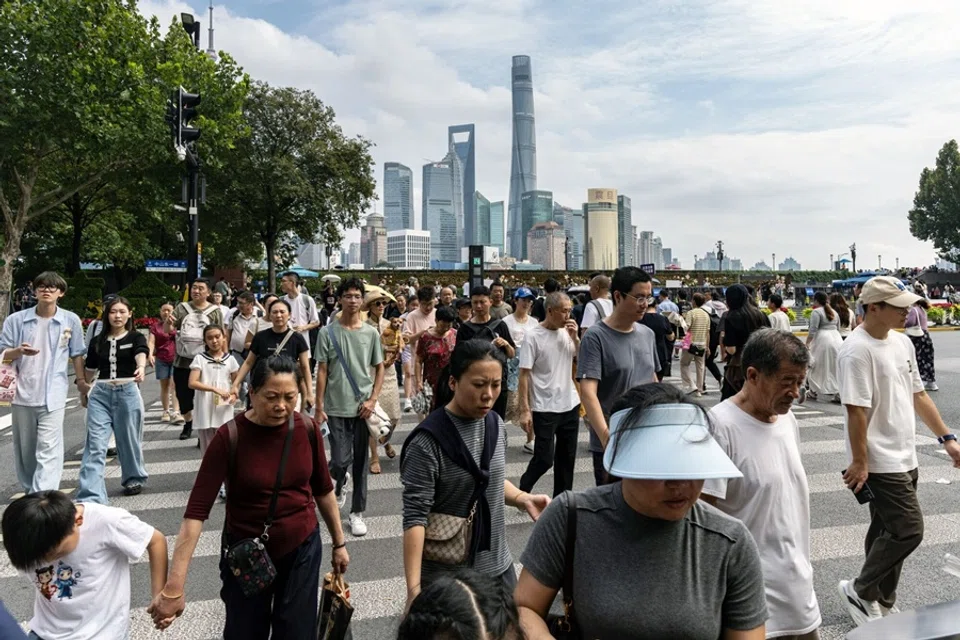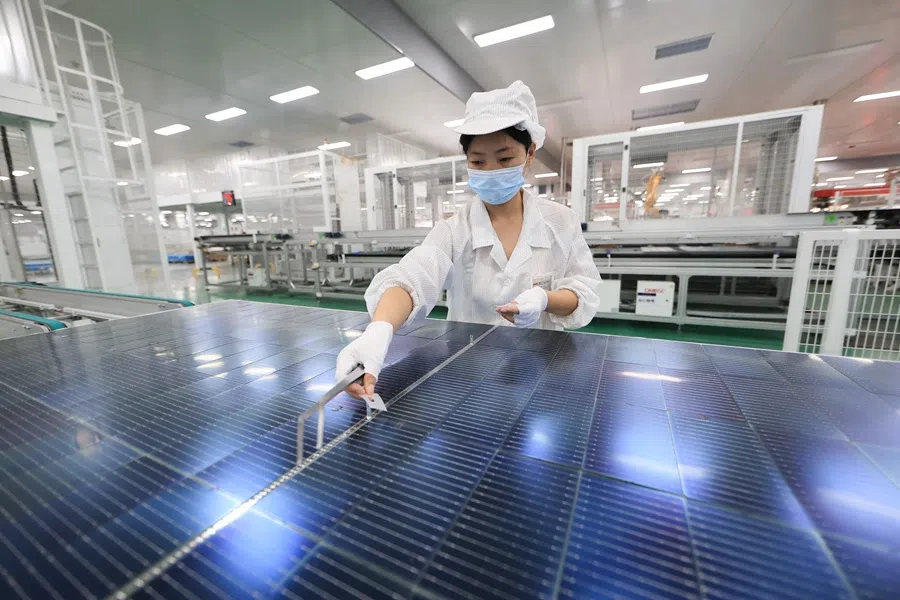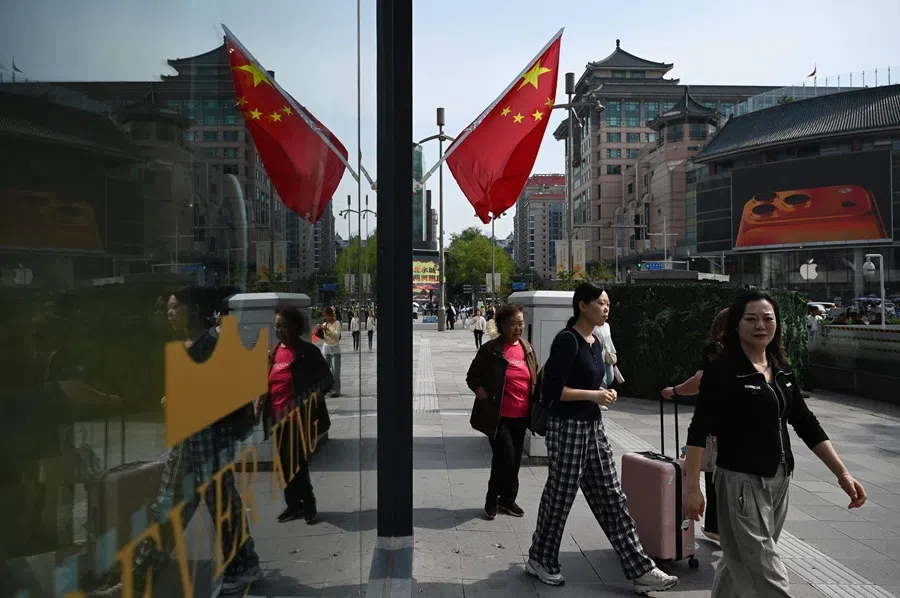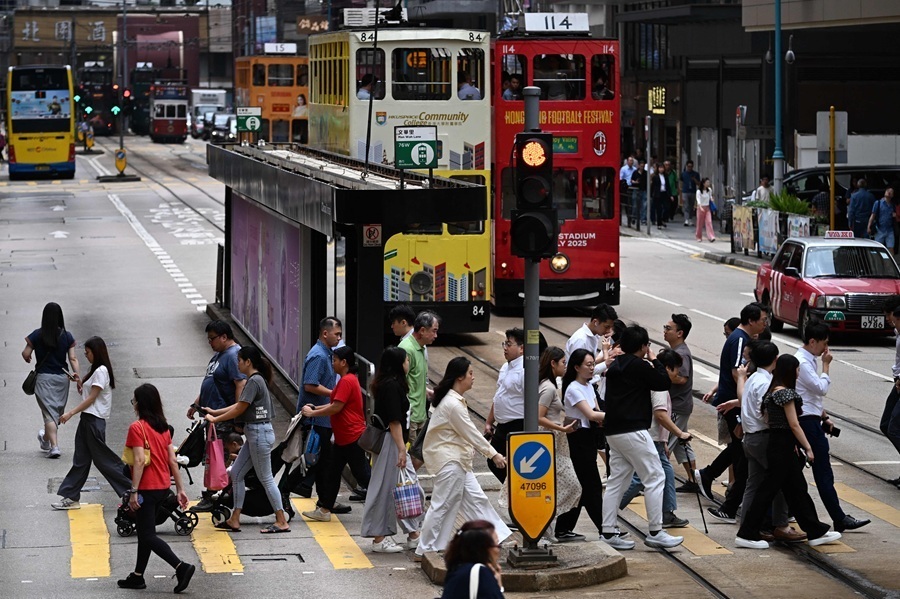China’s K visa: A talent magnet in a jobless storm?
China’s announcement of a K visa to attract foreign talents in the STEM (Science, Technology, Engineering, and Mathematics) fields has gotten Chinese youths worried about greater competition for limited jobs. But the impact of the K visia may be overhyped, says academic Ghulam Ali.

China’s unveiling of the new K visa programme, designed to attract foreign talent in STEM (Science, Technology, Engineering, and Mathematics) fields, has sparked intense debate both domestically and internationally. The timing appears to be the key factor behind this discussion.
The announcement came amid the US President Donald Trump’s administration tightening of US immigration policy and imposing a hefty US$100,000 fee on H-1B visa applications, while Beijing expanded its visa-free entry policy to 75 countries and unemployment in China reached 18.9% in August 2025, the highest level since 2023.
The K visa scheme drew unprecedented public backlash, especially from young Chinese.
The K visa
The K visa, a new 13th category in the visa list, came into effect on 1 October 2025. It is open to young overseas professionals and graduates with at least a bachelor’s degree in STEM from recognised universities or research institutions worldwide. Unlike the work category, it does not require a local sponsor. Chinese foreign ministry spokesperson Guo Jiakun stated that the visa was launched with the view to “promote exchanges and cooperation between young science and technology talents from China and other countries”.
While some critics criticised China for a lack of details, Chinese policymakers often throw a broad, open-ended idea first and let government agencies and stakeholders refine it. This approach provides flexibility, minimises early risks and helps align different agencies. The Belt and Road Initiative was one of several projects initiated in this way.
Reactions from Chinese youth

Some of the key concerns include the use of a STEM bachelor’s degree as a criterion for attracting top talent, which is seen as unfairly favouring foreign graduates over those locally qualified. There is also ambiguity around the selection process and the vetting of degrees, raising questions about fairness and transparency.
Additionally, worries about a perceived influx of immigrants and the lack of an employer sponsorship requirement raise concerns about the policy’s social impact, including increased pressure on housing and public services, challenges with cultural integration, and potential national security implications.
Economic concerns have also been raised, such as youth unemployment and the fear that the policy might exacerbate this problem. These worries are compounded by rising nationalist sentiment and racism, as well as widespread distrust of government messaging.
Although the Chinese government does not face voter pressure and maintains control over society, it has witnessed protests in Nepal, Bangladesh, Indonesia and the Philippines, where demonstrators forced or even changed governments.
In the recent past, China has also reversed some of its policies against rising public concern. After widespread protests in numerous cities, China abruptly lifted the strict “zero-Covid” regime in December 2022. It softened controversial amendments to the company law, made changes to property transactions policies and rolled back certain arbitrary crackdowns on private firms following backlashes. These cases suggest that Chinese authorities cannot entirely dismiss public concerns regarding the K visa.
China remains a highly homogeneous society, and its existing legal and social frameworks do not strongly support large-scale foreign talent inflows. There is limited incentive for global professionals to consider China a top destination.
Overhyped potential
While details of the K visa are pending, portraying it as a vehicle to attract global talent, transform China into an immigration destination, and build a tech hub on par with Silicon Valley is an overstatement.
China remains a highly homogeneous society, and its existing legal and social frameworks do not strongly support large-scale foreign talent inflows. There is limited incentive for global professionals to consider China a top destination. Well-publicised stories about some scientists returning from the US to China mostly involve individuals of Chinese descent. Whether Western talent will gravitate towards China as it once did towards the US remains to be seen.
Furthermore, China remains a security-conscious state and maintains strict oversight of foreign residents, who are required to register with the police within 24 hours of each entry or change of address. The prospect of large numbers of skilled migrants settling freely without the supervision of local sponsors is premature. At the same time, China remains cautious about potential security risks, including the possibility that foreign agents could exploit visa programs for covert activities.
Most of China’s recent visa-free programs are initially implemented on a trial basis for one year, and any unwarranted incident related to a relaxed visa policy can quickly prompt authorities to tighten controls.
Without a path to citizenship, China would remain unappealing for most aspirants from a long-term perspective.

Students and immigrants, too, have hesitations. The language, cultural and legal differences, strict censorship, a challenging working environment and the lack of opportunities for permanent settlement make China unappealing from a long-term perspective.
Many Chinese tech companies follow the “996” routine (9am to 9pm, six days a week). Although this routine violates China’s labour laws, it was endorsed by Alibaba co-founder Jack Ma in 2019.
One of the main motivations for students and skilled migrants to move to the US and Western countries has traditionally been the prospect of permanent settlement to access better career opportunities, higher wages, social benefits, and a pathway to citizenship. The US and many Western countries have a large expatriate community that has settled through these programs.
By contrast, China does not offer a pathway to citizenship to students or skilled workers. Citizenship laws in China are stringent and provide provisions only based on birth to Chinese parents. Without a path to citizenship, China would remain unappealing for most aspirants from a long-term perspective.
What lies ahead
Chinese authorities are expected to take recent debates into account when finalising the rules for the K visa. A likely scenario is that China will issue a moderate number of these visas, allowing the government to sustain its narrative of opening up while also addressing concerns among the country’s youth. The specific details of visa requirements and how many ultimately settle down under this scheme remain to be seen.
... while China’s introduction of the K visa signals a further opening to global engagement, characterising it as a peer to the H-1B visa and a step towards making China an immigration hub is an overstatement.
Many countries already offer working holiday schemes for young people, typically without the need for local sponsors, featuring flexible work options and relaxed entry requirements. The K visa more closely resembles these schemes, with the added requirement of a minimum bachelor’s degree in STEM from a recognised university.
In conclusion, while China’s introduction of the K visa signals a further opening to global engagement, characterising it as a peer to the H-1B visa and a step towards making China an immigration hub is an overstatement.





